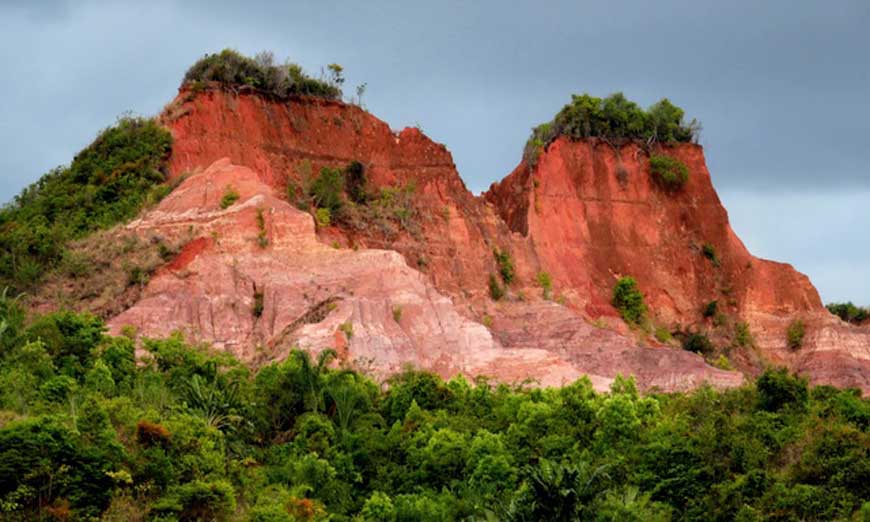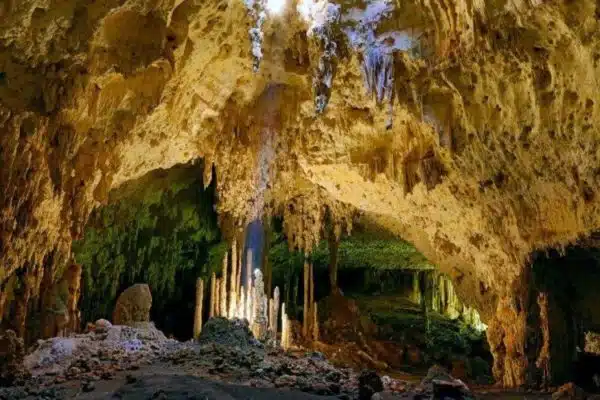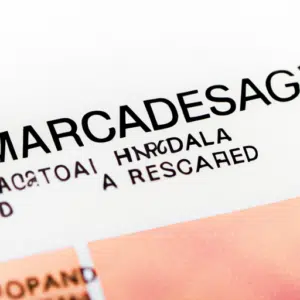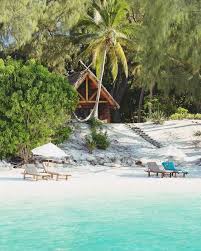The surroundings of Mahajanga (Majunga) from a tourist perspective
The Red Circus of Grand Pavois
One of the runways that extends the RN AP-54 road towards the sea after the airport and the beautiful beach of Amborovy

The Red Circus of Grand Pavois, classified as a national natural heritage and now under protection, is a must-see attraction in the region.
On the banks of the Mangatsa River, regular Tromba ceremonies (possession cult) take place.
The Anjohibe Caves
This rocky site, also known as Zohin’Andranoboka, 80 km northeast of Mahajanga, is frequented by. Anjohibe is a site located 22 km from the city near the Marohogo Forest Station, accessible via a rough, seasonally operated trail that leads to the RN 4. The access path passes through savannas and cashew plantations.
Anjohibe is home to a variety of tourist attractions, making it worth staying at least one night (on-site camping available). The caves at Anjohibe form a network of interconnected rooms spanning several kilometers, featuring numerous limestone concretions that create impressive stalactites and stalagmites reaching heights of up to 10 meters. It is the most important spelunking site in Madagascar.
The Andranojoby Lake is a natural swimming pool downstream. Waterfalls offer a 20m height difference. A small adjacent forest is inhabited by lemurs, easy to observe (Coquerel’s Sifaka).
A tour leads from the site through the Bay of Mahajamba (huge mangrove forests and their Avifauna, traditional activities in the villages…) to the bridge of the Sofia River on the RN6 (20 km from Port-Bergé): for those who want to continue their discovery of Madagascar through the northernmost regions.
Accessible from April to November by 4×4 (63…).
Discover the underground caves and galleries near the city of Mahajanga on a 20 km journey (with 20 km of asphalt road leading from Mahajanga).
Enjoy various guided tours including pirogue rides, caves, mangroves, villages, and more.
This labyrinth of galleries and underground chambers, located beneath the limestone plateau of Mahabo near the Bay of Mahajamba








